The art of paint making has been existing for thousands of years. Today’s paint making process is perhaps no different than how it was several 100 years ago. At the time when commercial colors were not available artists made their own paint, or had an assistant or colourman make it for them. The pigments were ground by hand on a flat piece of marble or glass using a glass muller.
Its no doubt that making beautiful pieces of art is immensely rewarding for artists. Since we have been around paints from an early age, we don’t realize it could be dangerous in the long term. I’m sorry to remind you so: paints are mildly toxic. The kid’s ones too are a bit toxic, most of the time. The toxic effects are due to chronic exposure.
Having a science background has helped me a lot in understanding the process of paint making, researching about a pigment, its chemical composition, properties and most importantly if there are any hazards associated with pigments that I am working with.
From pre-modern times when medical science was still ill-equipped to determine common threats, to the present day, when artists often still put their art before their well-being, certain art supplies have been a source of peril for countless painters and sculptors—and have done serious harm to some of art history’s most famous names.
Early artists were unaware of the hazards of many of the materials they used, but information on the topic is readily available today. While the long term improper use of your materials could have serious mental and physical health consequences, with proper safety precautions, awareness, and common sense, these potential hazards can be mitigated if not avoided completely.
This blog post focuses on the safety precaution every artist and paint maker should take into consideration.
A few items bear repeating: Read the label. Acquire MSDS from your supplier. Inform yourself about the pigment you are dealing with. Learn what it means. Learn what should be on the label. Choose safe materials. Use proper techniques, handling, safety gear (a must for everyone) and safety precautions. Keep you and your area clean. Use proper cleanup and disposal methods which are in sync with your city council and environmental regulation guidelines.
All chemicals and pigment powders can be toxic if not handled correctly. Wear a respirator and protective gloves and clothing. Chemicals and pigments should only be handled in strict laboratory conditions away from food, pets, and children. Wash your hands thoroughly after you have finished painting or paint making.
As an artist and a paintmaker, I always like to work with pigments that are not only non-toxic but also do not cause harm to aquatic life. I don’t like working with handmade watercolors where the pigment classification number is not mentioned. Be informed and be safe and paint to your heart’s content, as simple as that!
DISCLAIMER: This article concerns itself with the common-sense safety aspects of art materials and art safety in general. The intent of this article is merely to raise individual awareness of some of the issues involved and to encourage the reader to take steps in learning more about the factors involved with the hazards associated with the artist’s materials. The author may change the contents of this document at any time, either in whole or in part. Thank you.
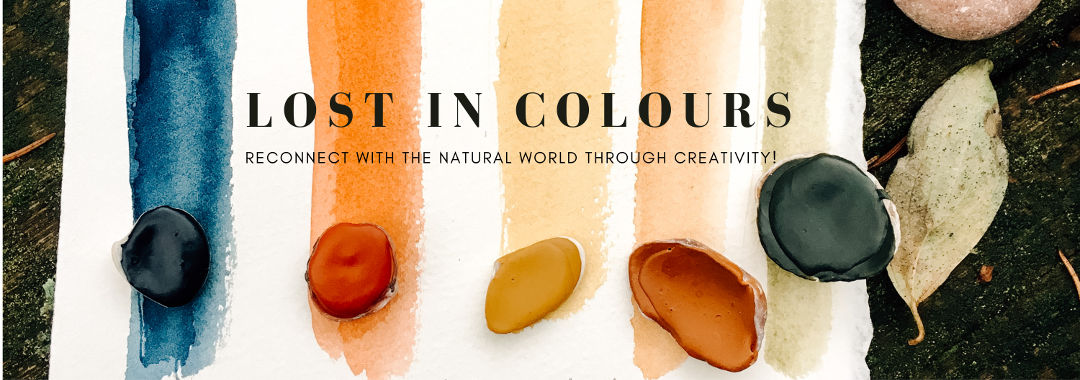
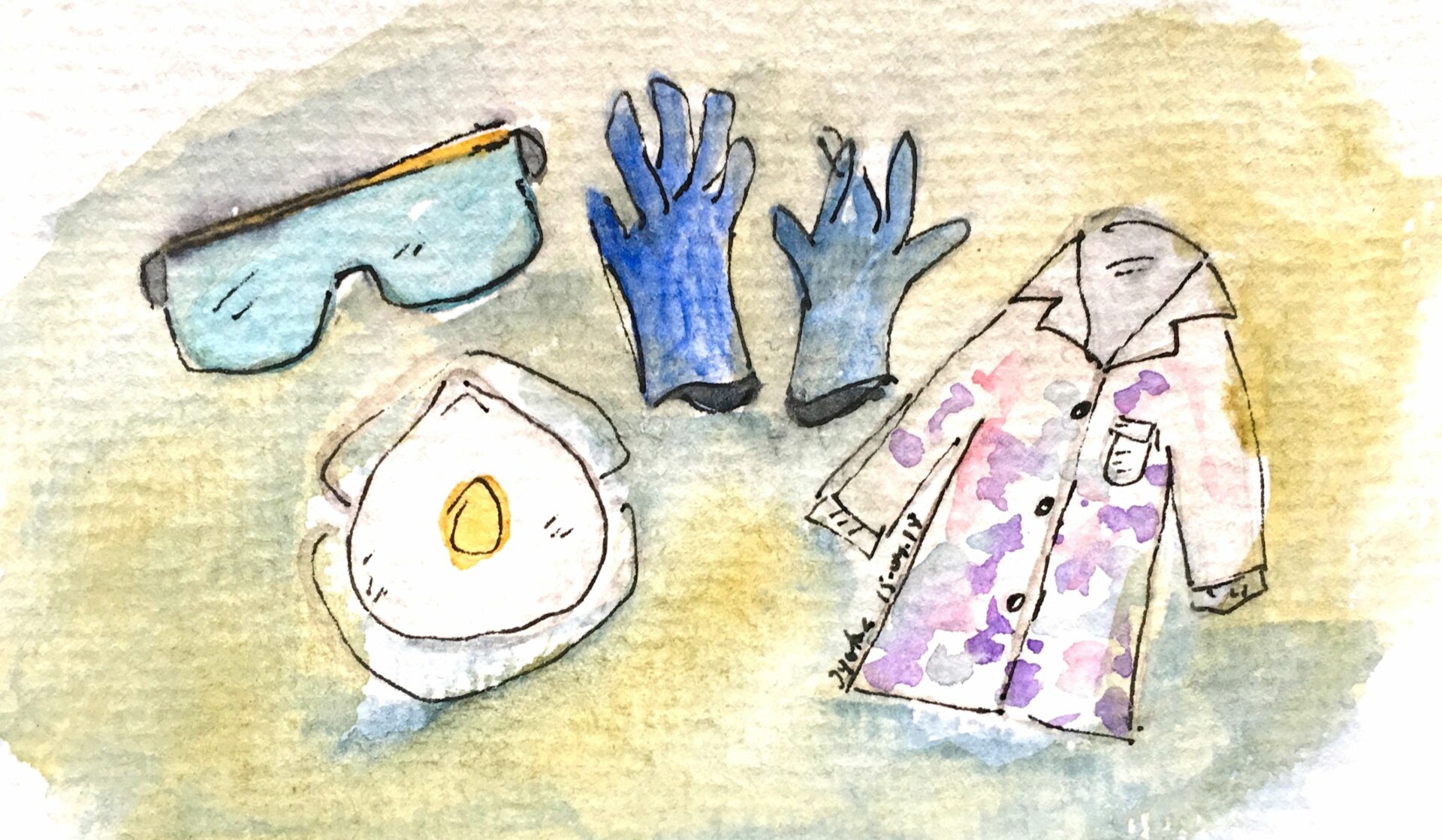
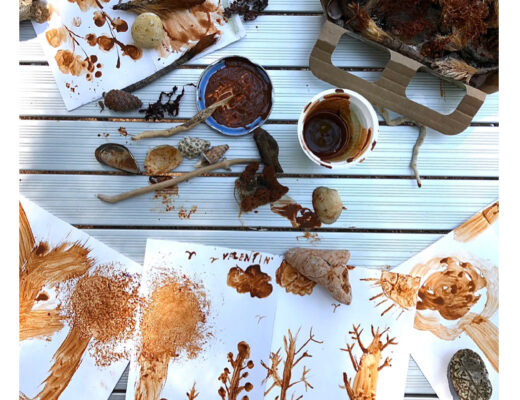
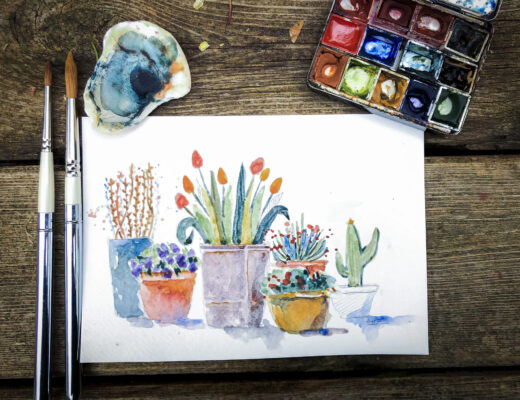
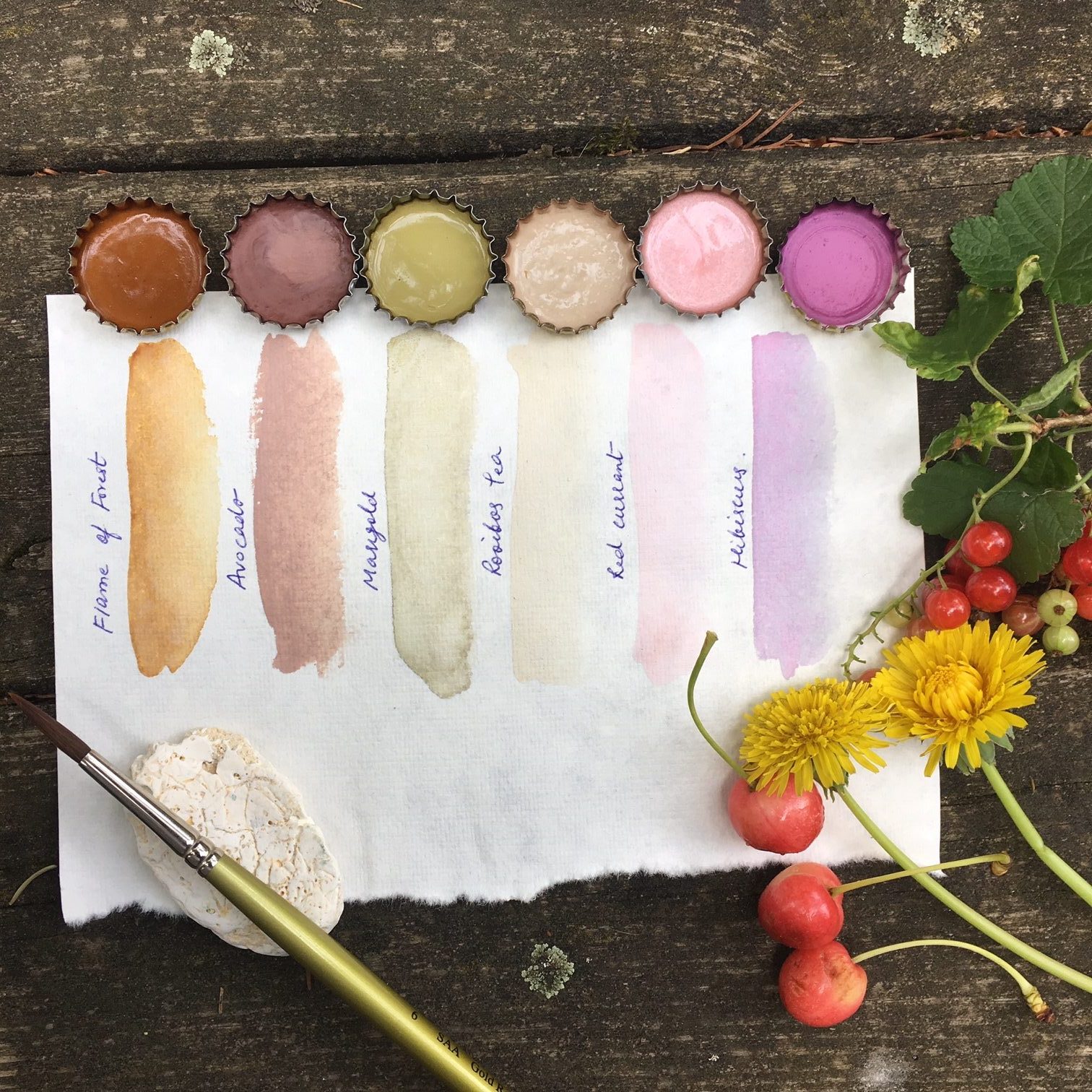
1 Comment
[…] honey, glycerine (optional) distilled water and clove oil (natural preservative). You can read here and here to get a general idea about the safety regulations and the paint making process […]